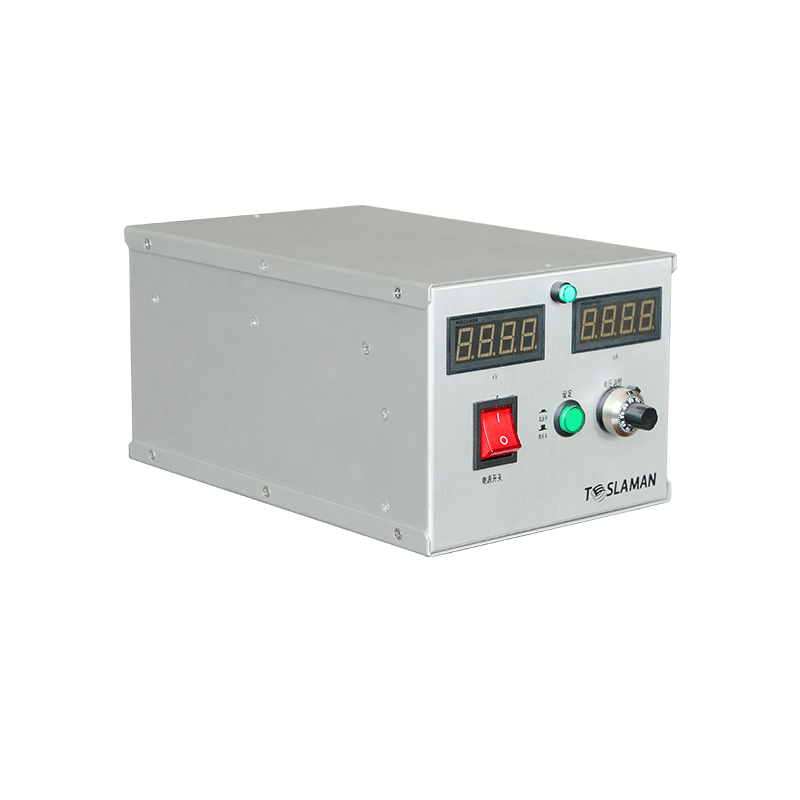PLC-Based Control Scheme for Mammography High Voltage Power Supply
As an important medical imaging device, the image quality of a mammography machine is closely related to the stability of the X-ray tube. The high voltage power supply, which provides power to the X-ray tube, directly affects the overall image quality of the system. Therefore, designing a reliable, precise and efficient control scheme for the mammography high voltage power supply is crucial for ensuring system performance. The PLC-based control scheme is widely used in industrial process control due to its short development cycle, high reliability and real-time control advantages. This paper will elaborate on the overall design of the PLC-based high voltage power supply control system for mammography, starting from the working principle and control requirements of the high voltage power supply.
I. Working Principle of Mammography High Voltage Power Supply
The mammography high voltage power supply mainly consists of rectifier filter circuit, DC-DC boost circuit, high frequency inverter circuit, high voltage transformer, multi-stage boost circuit and control & protection circuit. In use, the system first rectifies and filters the commercial AC power into smooth DC voltage, then boosts the voltage to the working voltage of the inverter circuit through the DC-DC boost circuit. The high frequency inverter circuit converts the DC into high frequency AC, and the high voltage transformer realizes the conversion from primary voltage to secondary voltage of tens of kV. After multi-stage boost and rectification of the multi-stage boost circuit, the required stable high DC voltage is finally output.
II. Control Requirements for Mammography High Voltage Power Supply
The medical mammography machine has the following control requirements for the high voltage power supply:
(1) Output voltage accurate controllable with error within ±1%;
(2) Output voltage soft start with smooth transition;
(3) Overcurrent and overvoltage protection;
(4) Linear control of output with adjustment range of 20kV~35kV;
(5) Response time must be less than 100ms.
III. PLC-based Control Scheme Design
1. System Hardware Structure
The hardware system structure mainly includes PLC, HMI, driver power module, sensors, etc. The PLC collects various feedback signals and outputs control signals based on control logic to accurately regulate output voltage and achieve closed loop control. The HMI implements parameter settings, status monitoring and other functions. The driver power module receives PLC control signals to drive the inverter switches and rectifiers, completing the adjustment of output high voltage.
2. Software Function Modules
(1) Parameter Setting Module
To set output voltage, slope time and other parameters.
(2) Data Acquisition Module
Collects feedback voltage, current and other analog quantities, and filters the signals.
(3) PID Closed Loop Control Module
Uses PID algorithm to precisely control the output voltage according to the set precision value.
(4) Protection Module
Sets voltage and current limits to quickly protect the system when exceeded.
(5) HMI Module
Implements display of parameters, fault alerts, control operations, etc.
3. Control Strategies
(1) Soft start without load during system initialization to limit inrush current.
(2) Precisely adjusts output voltage using PID closed loop control algorithm according to the precision setting.
(3) Allows linear adjustment of the reference voltage according to slope time after output voltage stabilizes.
(4) Swiftly cuts off power supply to protect equipment when protection threshold is exceeded.
(5) Keeps detailed record of fault information for subsequent maintenance and analysis.
IV. Conclusion
The PLC-based mammography high voltage power supply control system combines the high reliability and real-time performance of PLC and the precision of PID closed loop algorithm to meet the requirements of output voltage precision and dynamic response. Compared with traditional analog control, this scheme has advantages of short development cycle, high reliability, and flexible scalability. The next step is to explore more advanced control strategies based on this control scheme to further improve system performance and reliability.




















